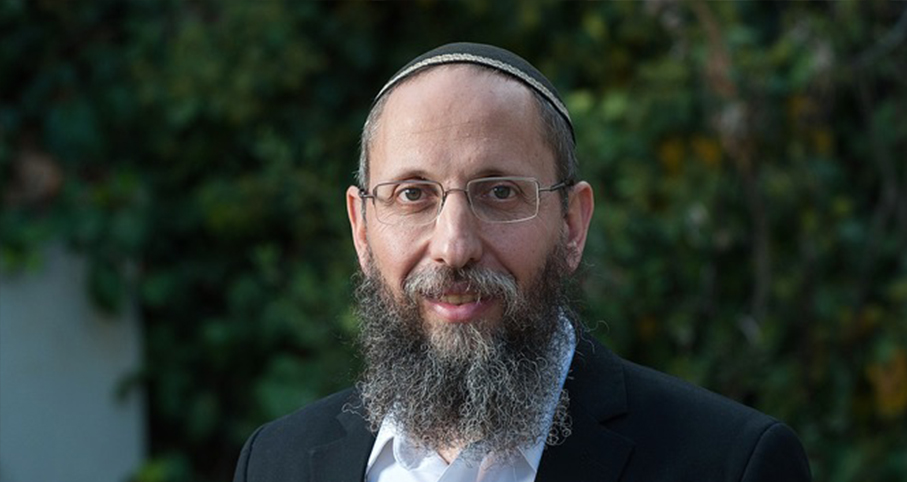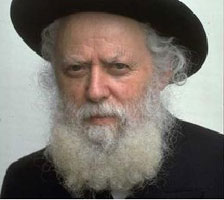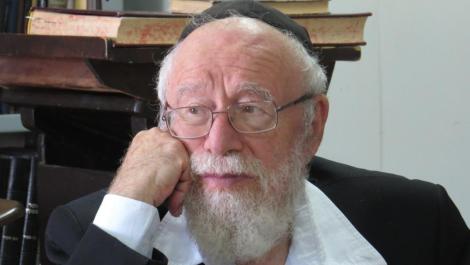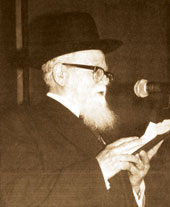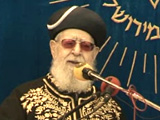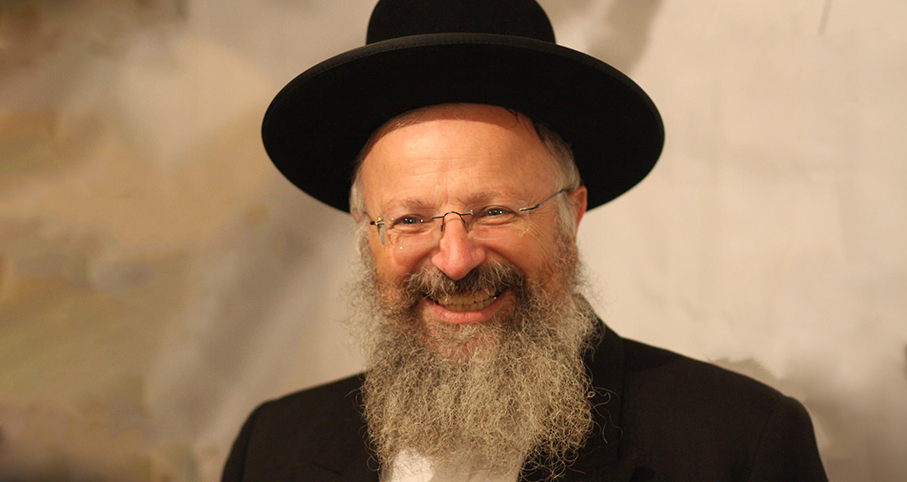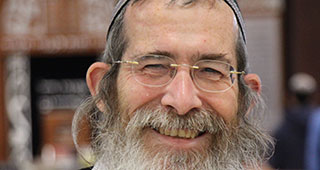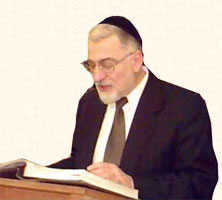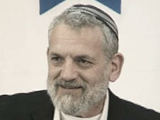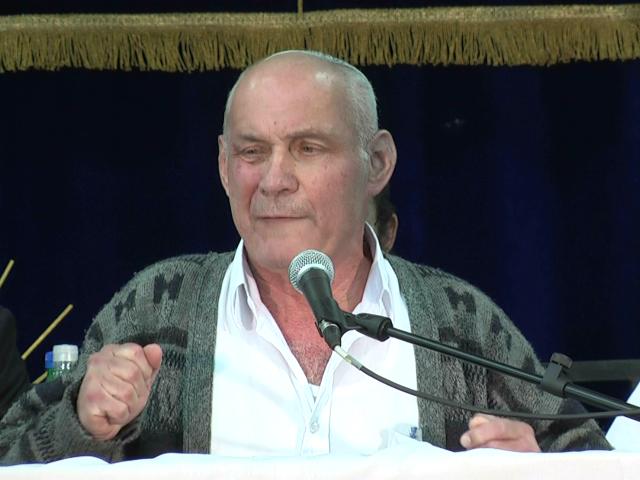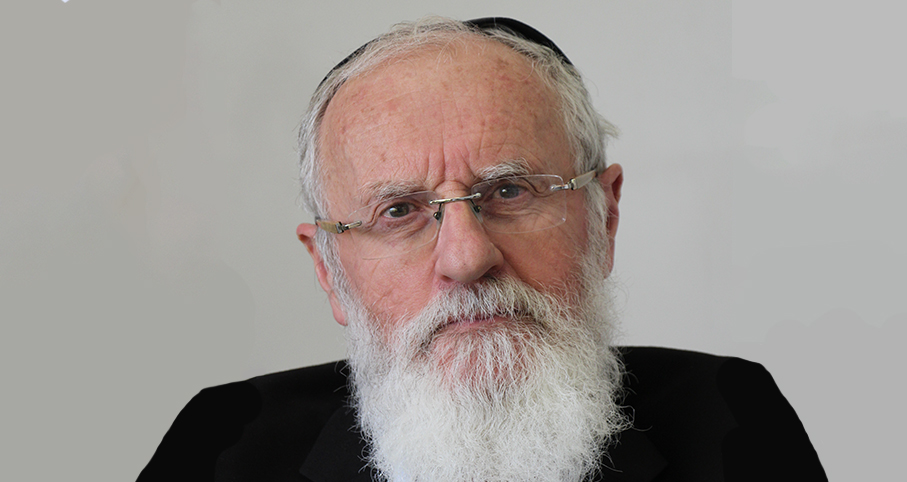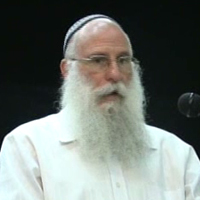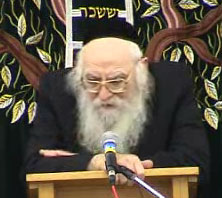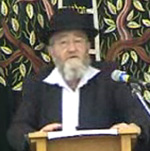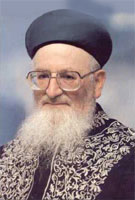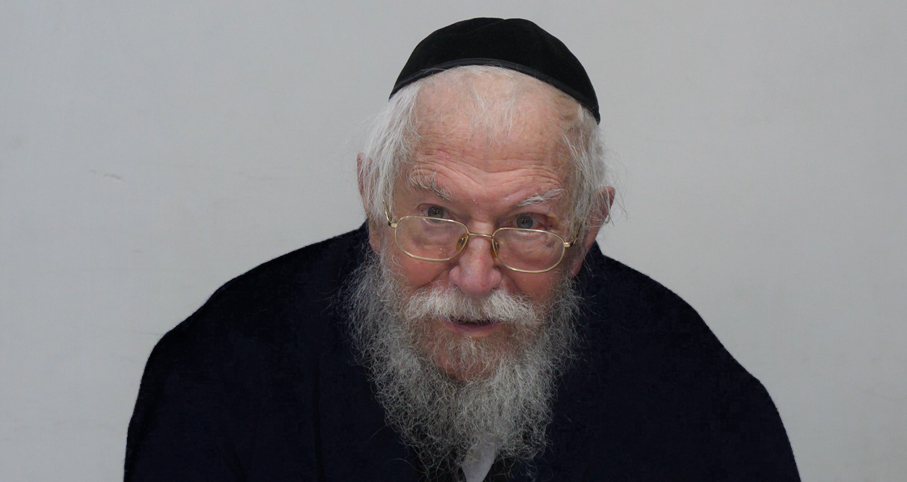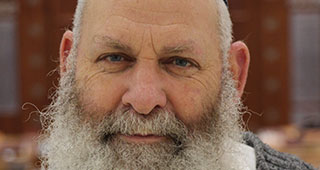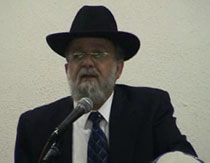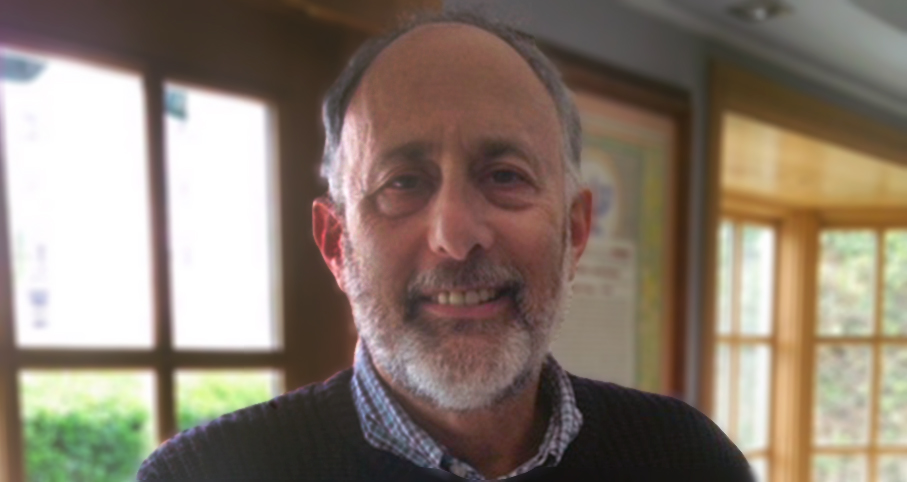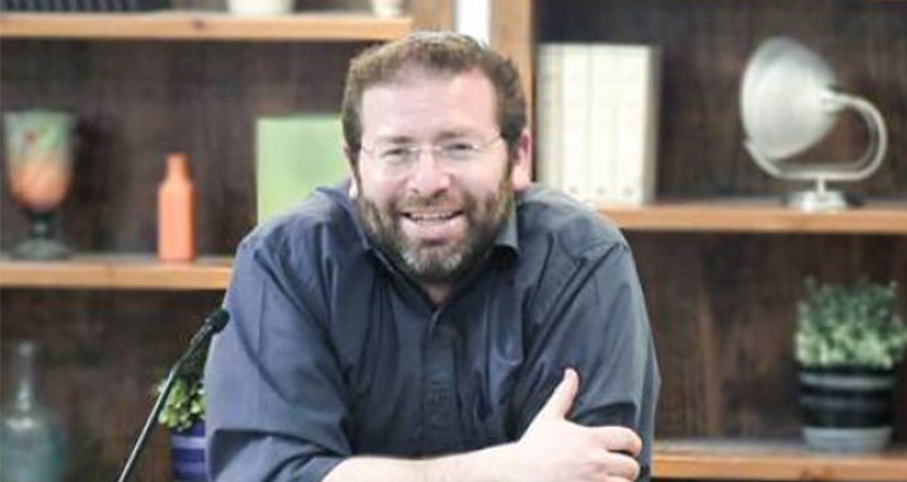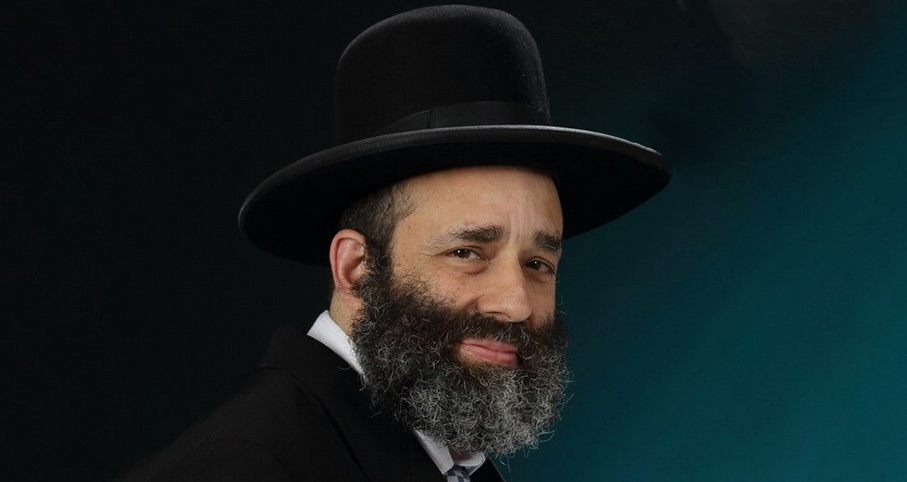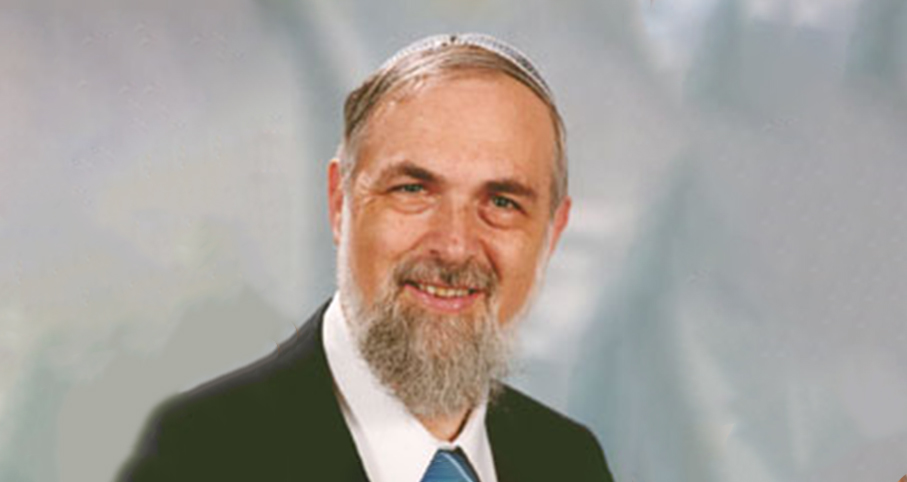Beit Midrash
- Sections
- Chemdat Yamim
- Ein Ayah
Ein Ayah: It is true that the external eye sees that the primary foundations of the Torah are its clear, helpful truths, such as the rules of kindness, goodness, morality, and honesty, which everyone sees as important. This is also true of the roots of fear and love of Hashem, sanctity, and modesty. These are broad areas of proper behavior, which one does not need to get into details and intricacies to discern their value. These are the main points of the Torah.
One can, then, ask: Why should we toil so much to uncover the exact halachot in specific cases and delve into sharp intricacies? Who says such activity helps develop the primary parts of the Torah? Perhaps, to the contrary, they even prevent the clear light of Torah from shining on one’s heart because instead of focusing on the principles, one gets bogged down in the technical analysis of the details!
However, the deep truth is not that way. The inner light of the broad totality of Torah is hidden deep within the existence of every situation and the intricate halachic analysis that relates to it in even the most remote manner. The exact delineation of every detail of a halacha in its different permutations impacts deeply, through its force, on the spirit and intellect from the broad light of the Torah. These detailed truths are uncovered specifically by the most intense investigation of the intricacies and logic of the halacha. This light would not penetrate as deeply into the spirit if the person seeking it had not investigated, to the extent that he is capable, the nature of all of the actions the Torah prescribes. The intense study is a special means to allow anyone who studies in that manner for sincere reasons to increase the light of morality (based on kindness and goodness) that is in the essence of the Torah. The boundaries of the spirit widen as intellect is connected to intellect.
One might have mistakenly thought that the furthest reaches of analytical endeavor would not be connected to the light that is the foundation of the internal philosophical focus of the Torah. However, this is wrong as long as one studies Torah with sincere motivation. Then, one’s interest in sanctity, kindness, and morality, shines over his intellectual striving. Thereby, the actions the Torah requires have their proper impact on the depths of one’s goodness, which is included in the Torah.
This is the Torah of the right, which is the Torah of kindness. The light that illuminates one’s emotions and thoughts is activated specifically by the intellect, as it analyzes the actions of the Torah. All of the details stem from one wellspring, which is the Torah of the right side. The greater the involvement in analysis and the more one deals with all the practical applications of a halachic principle, the greater the glow of the higher parts of the Torah, which is the Torah’s right side. Such activity bears fruit for many generations.
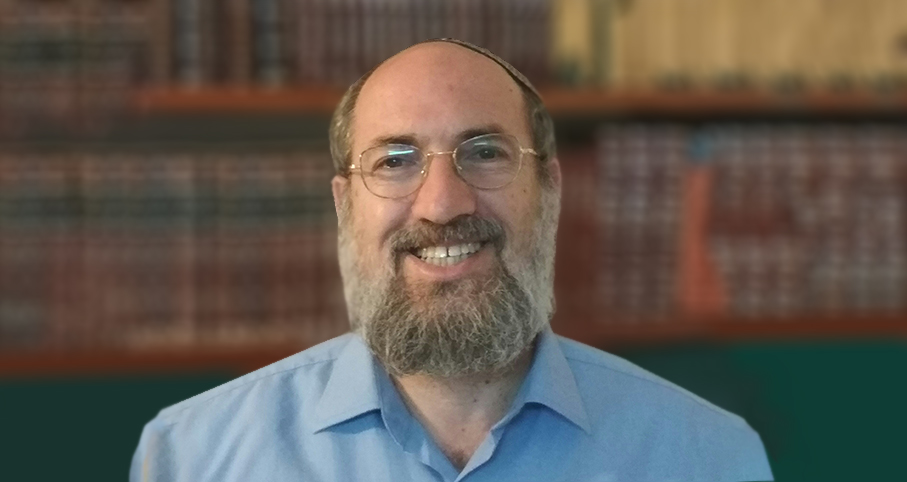
When Even Rav Kook Identifies a Jew as Evil
Ein Aya Shabbat 5,22
Rabbi Ari Shvat | Nissan 5783
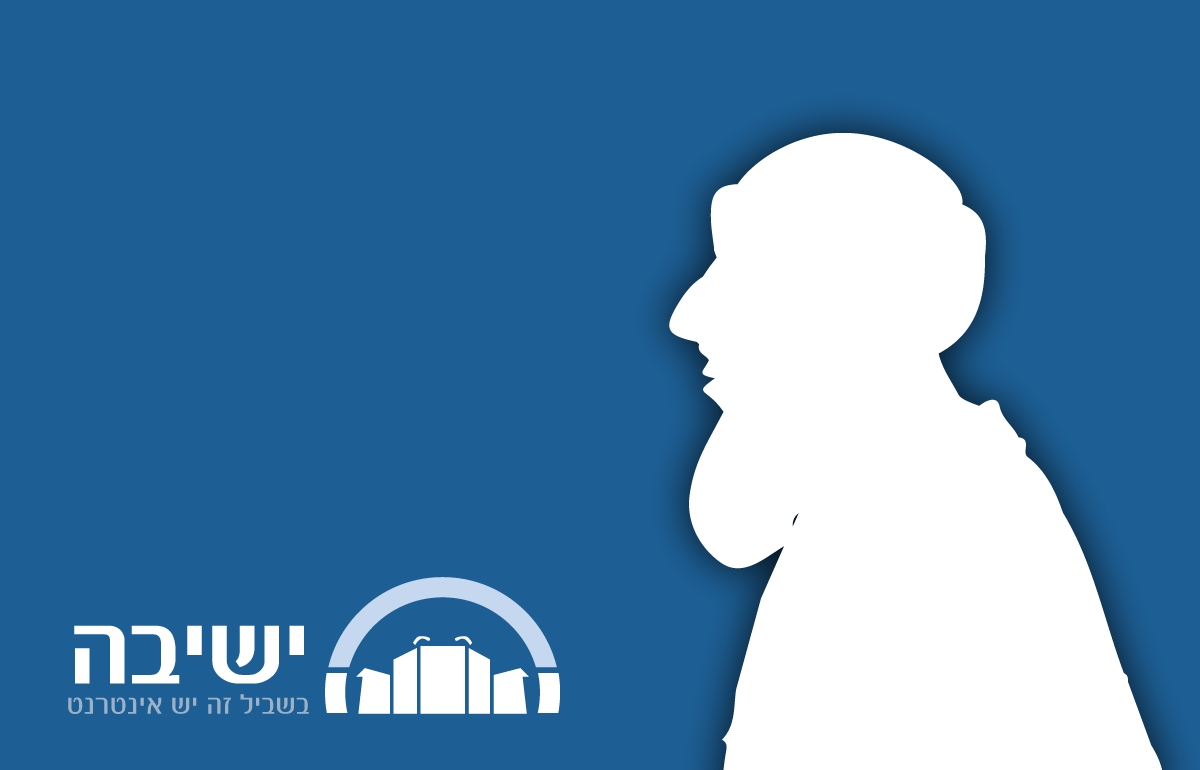
The Difference of the Two Temples
Various Rabbis | 5770

Free Choice of the Individual and of the Collective
condensed from Ein Ayah, Berachot 9:259
Various Rabbis | Adar 5773

